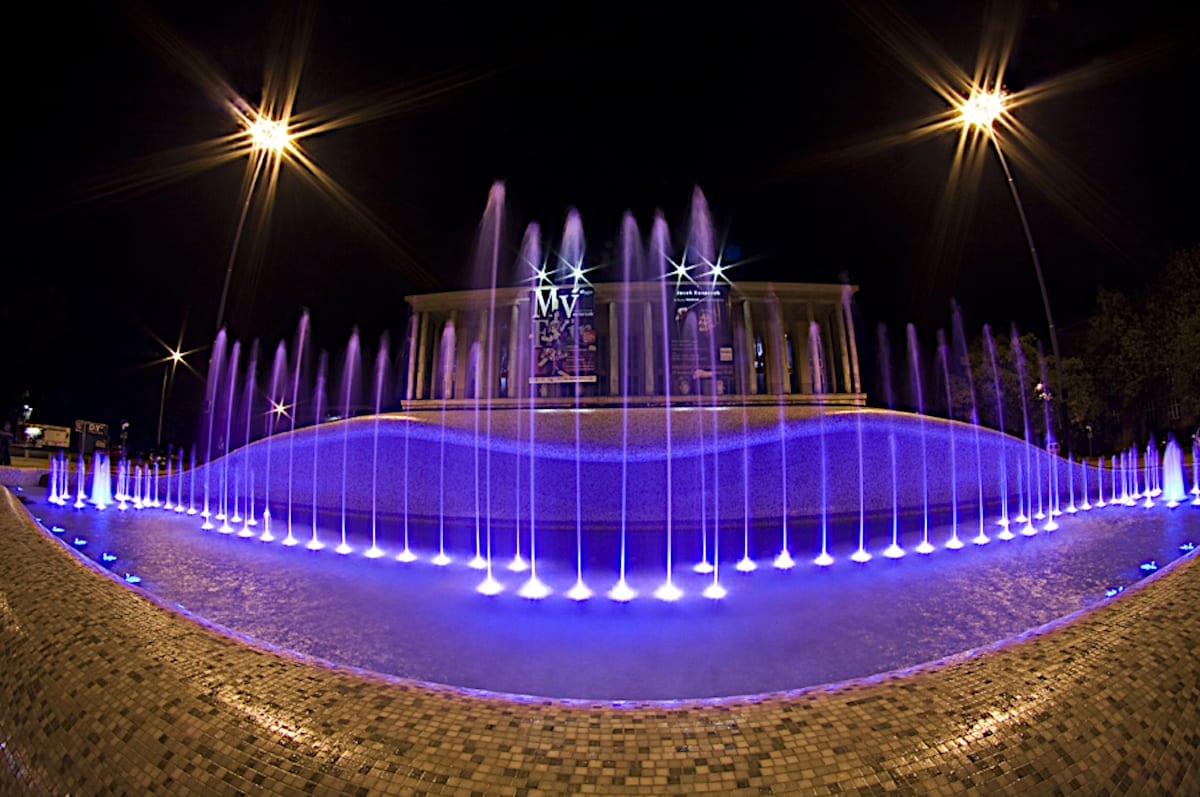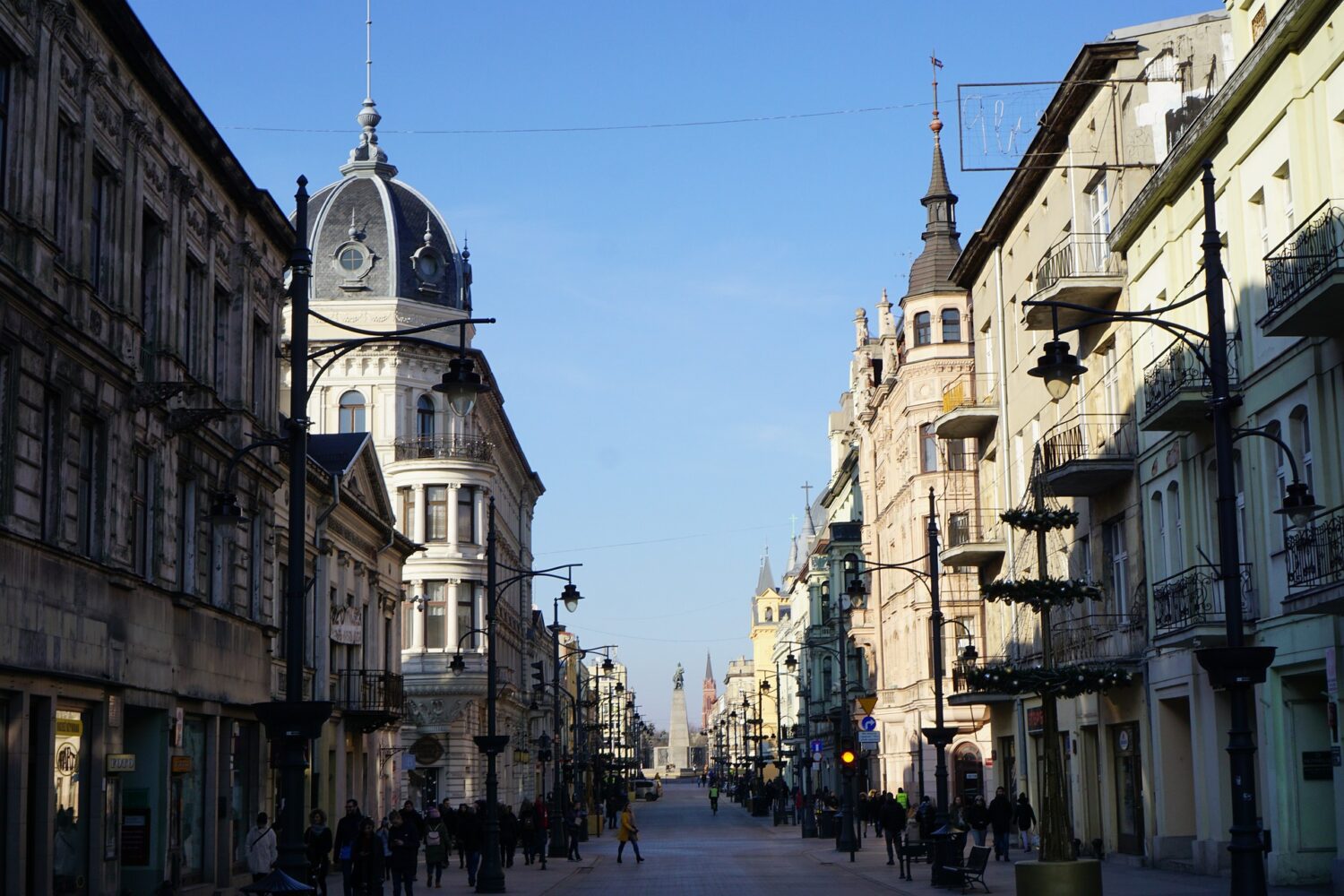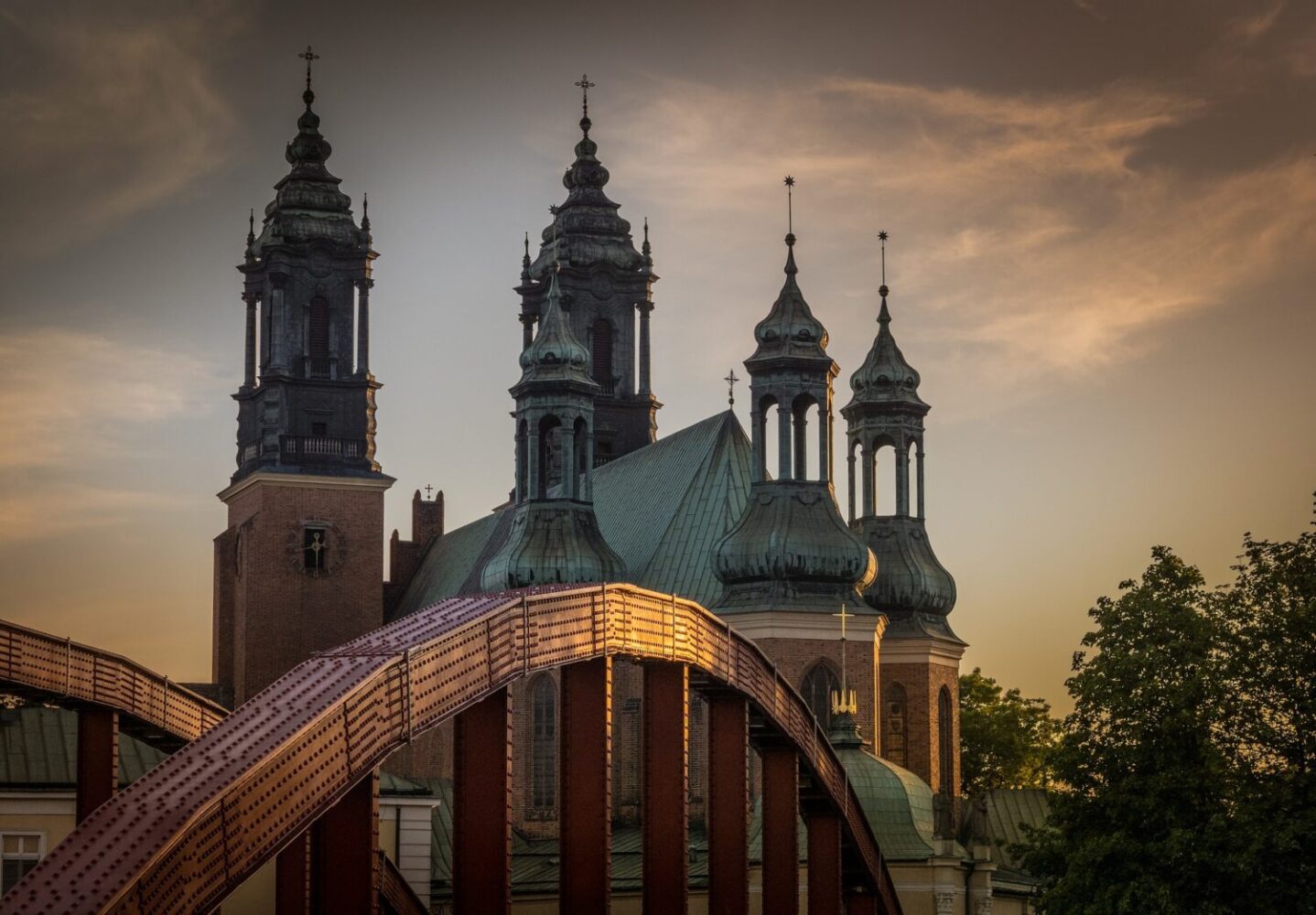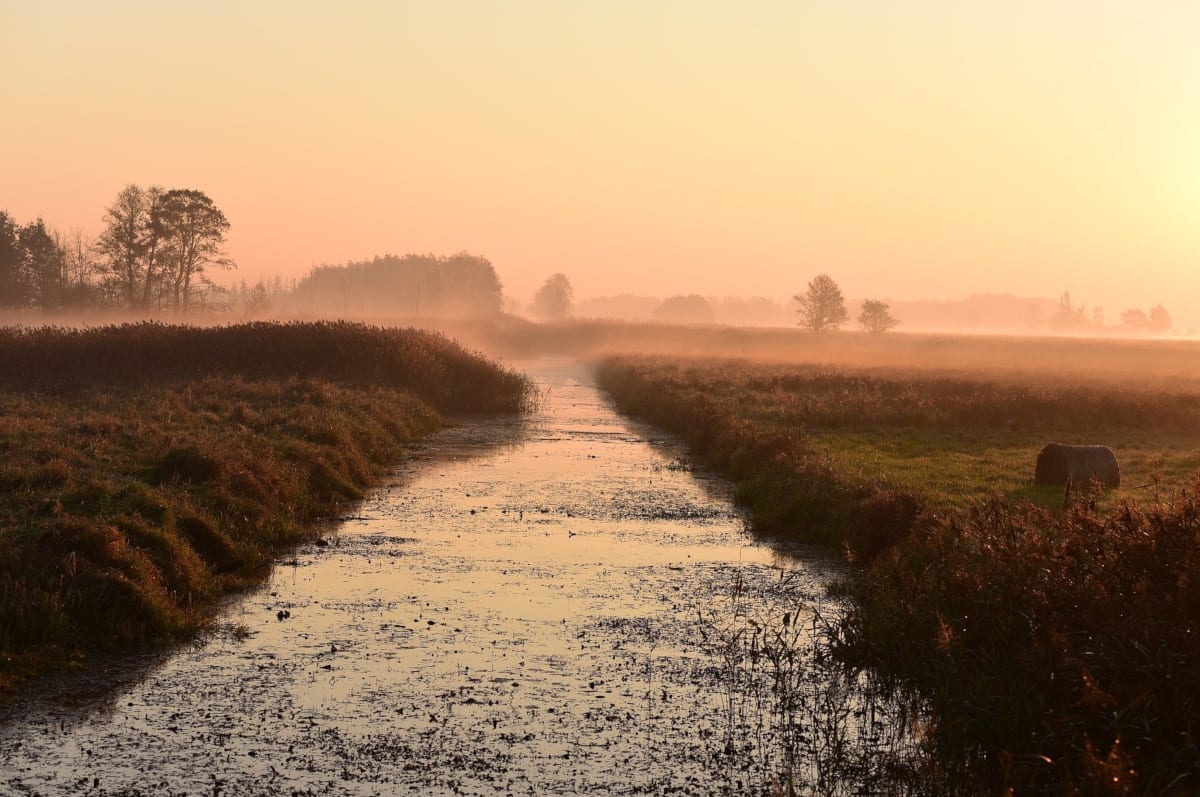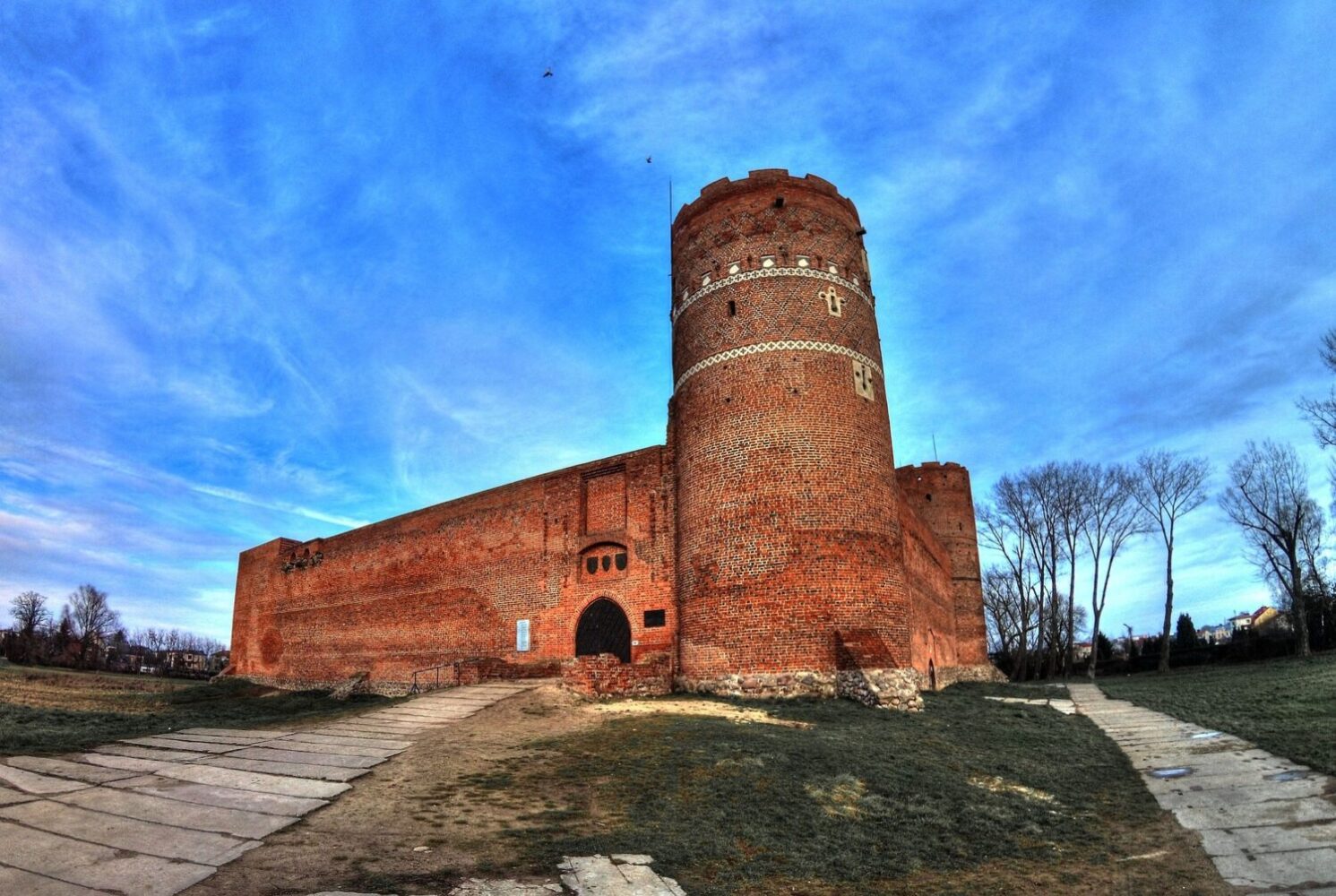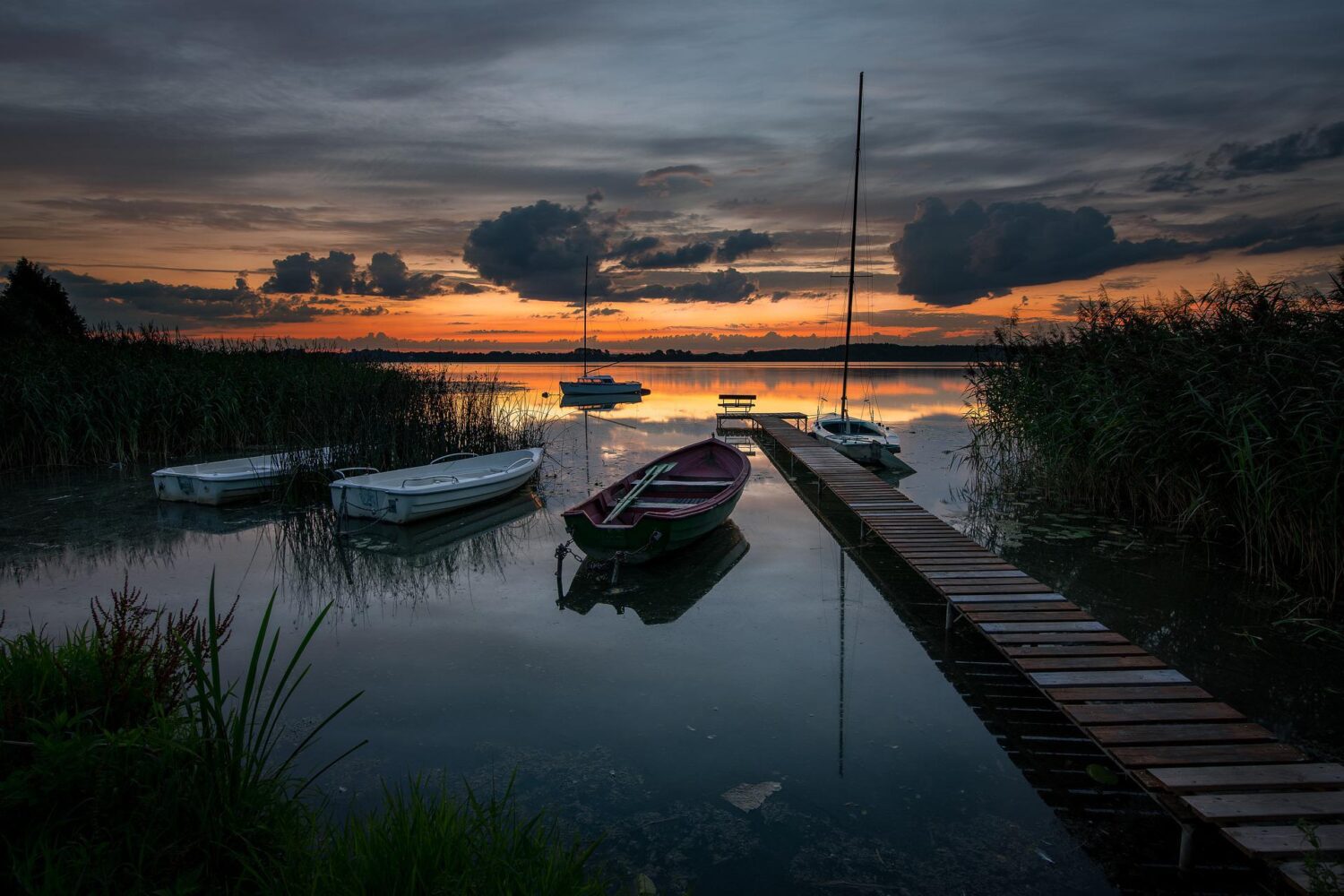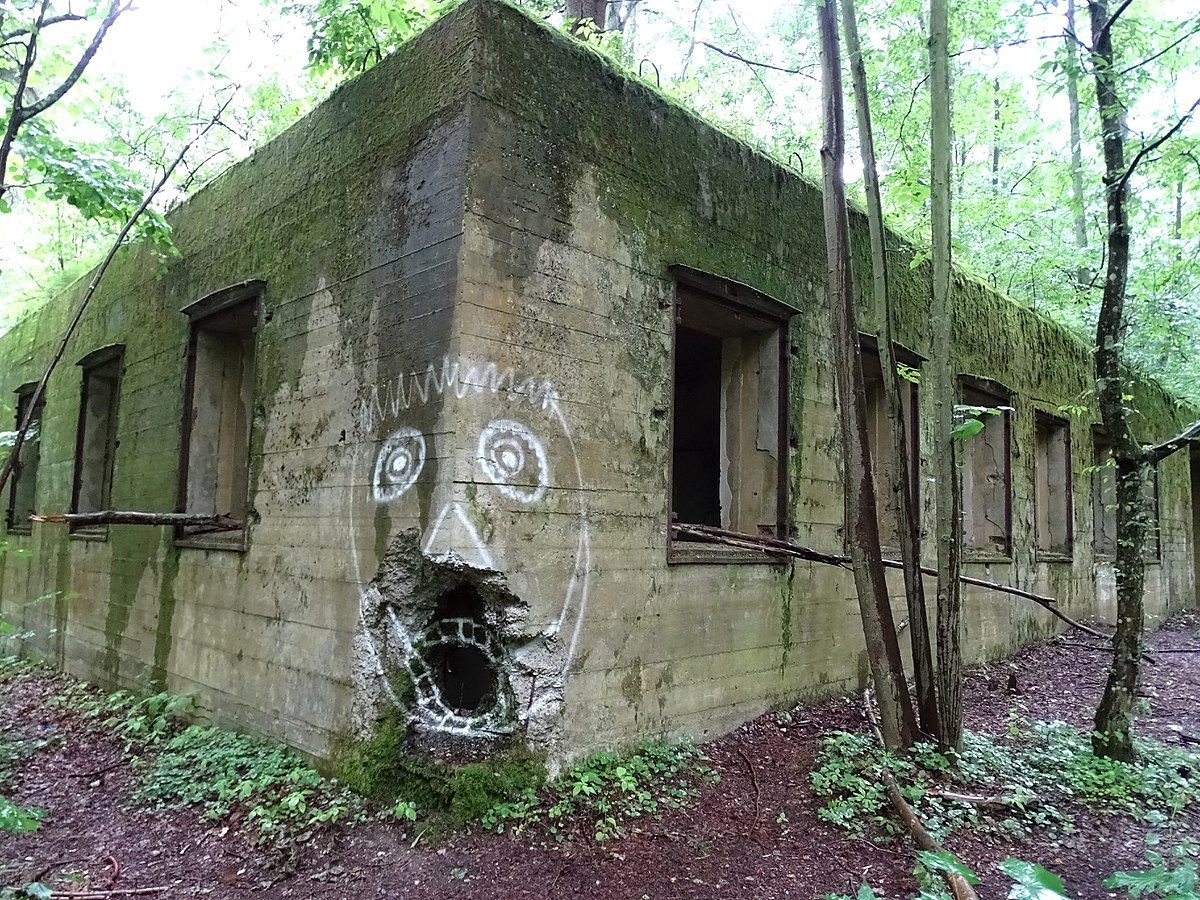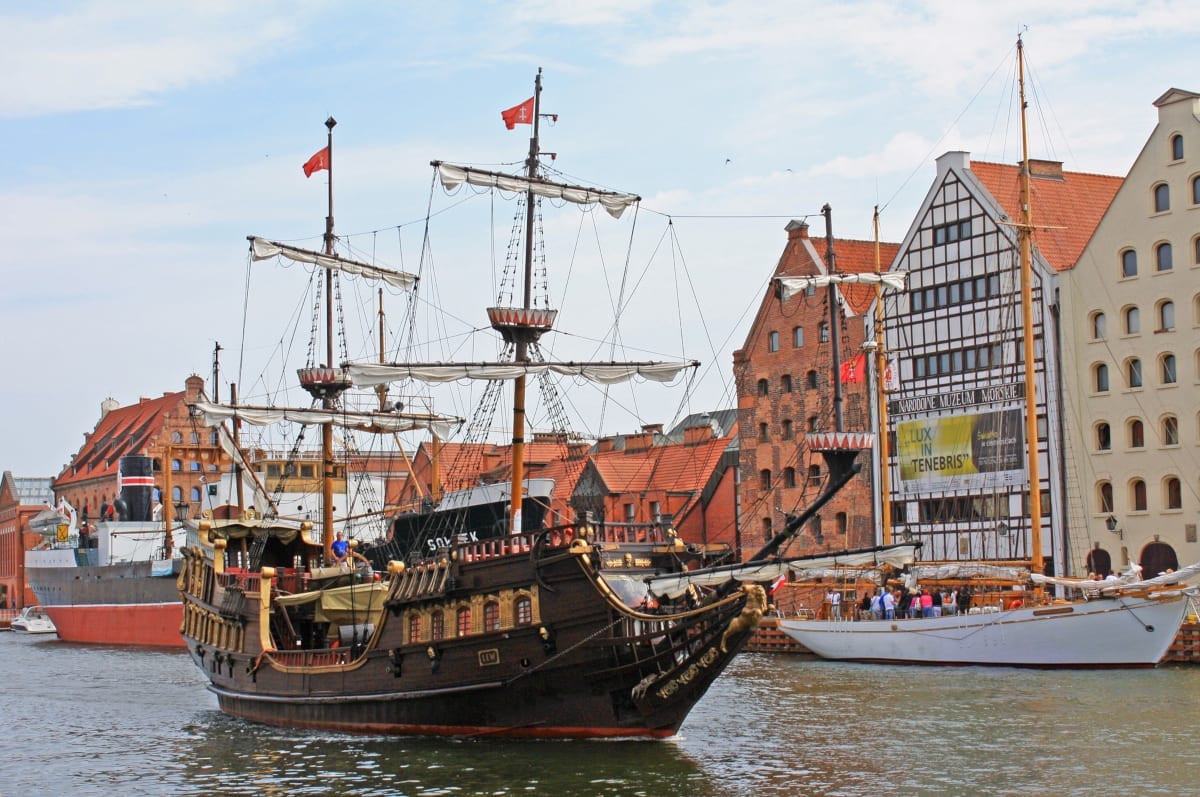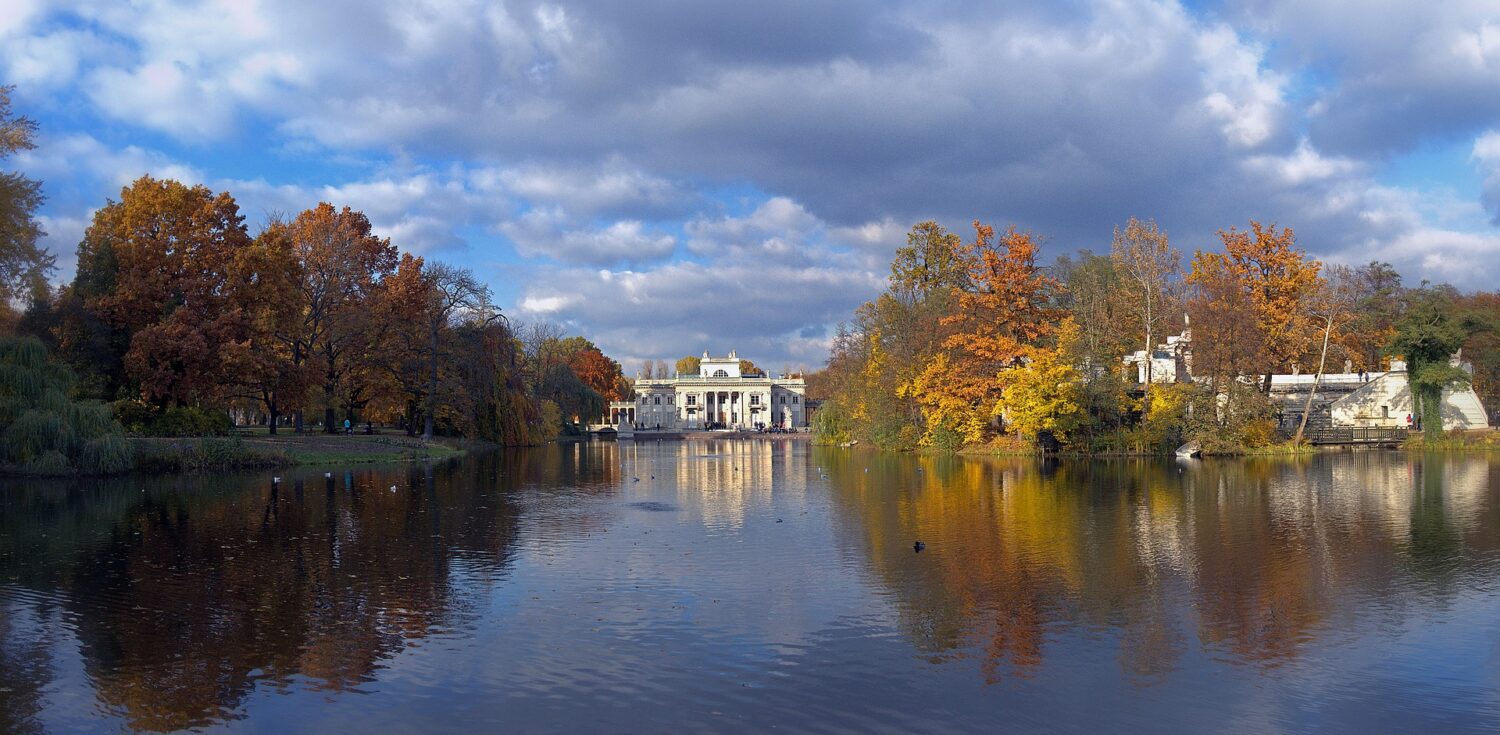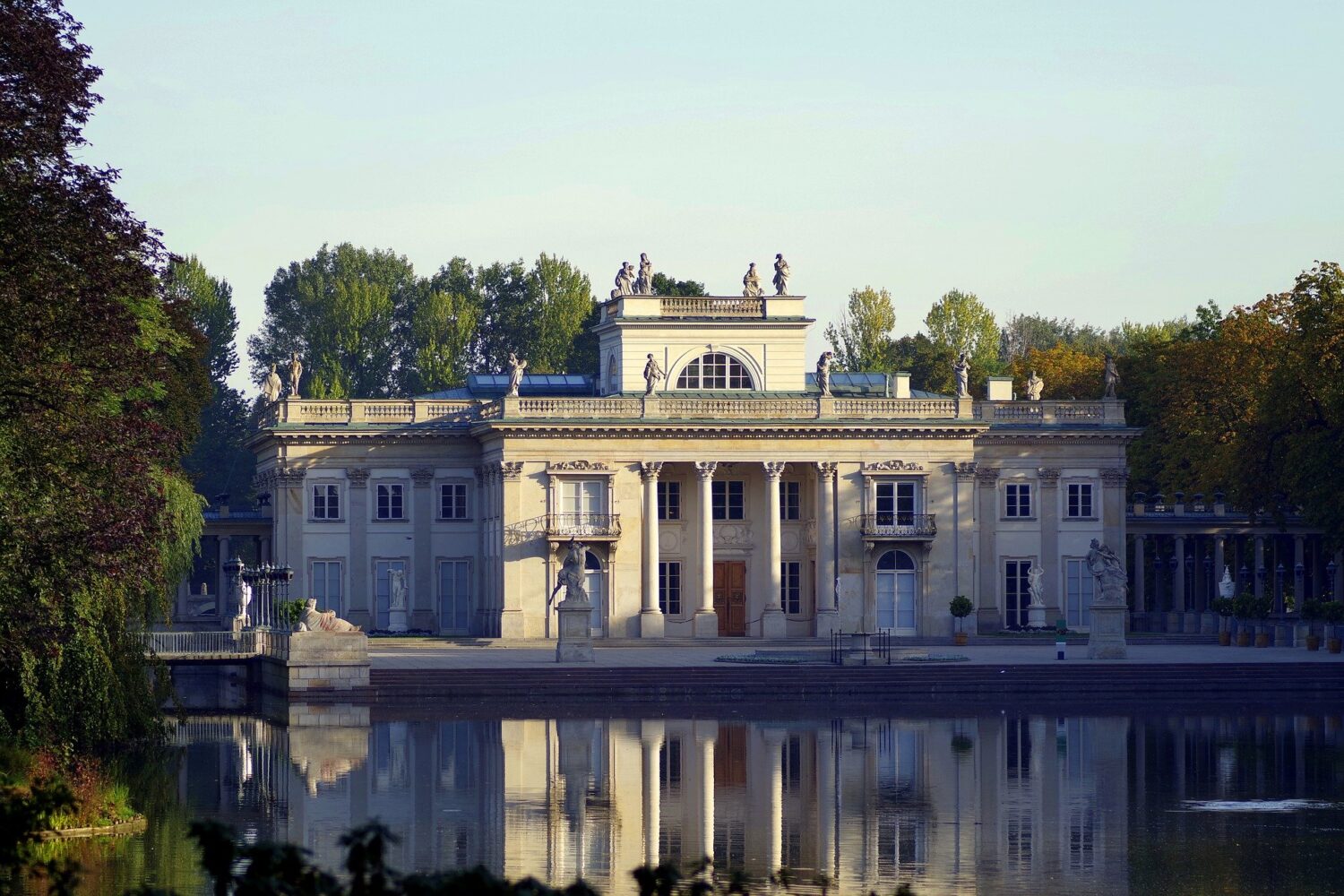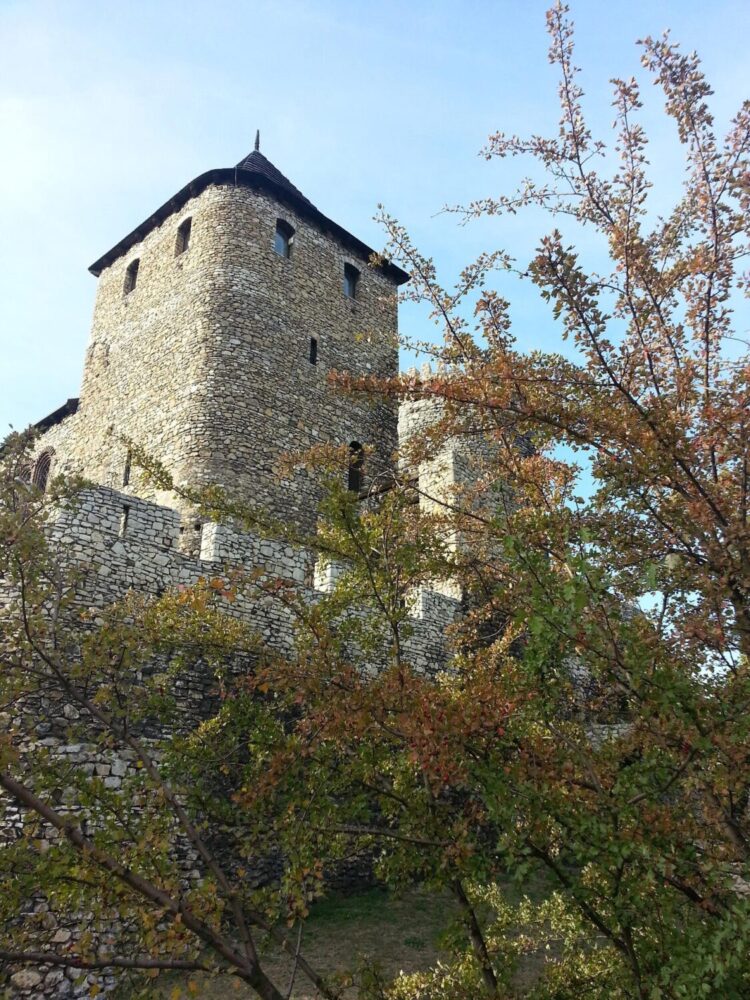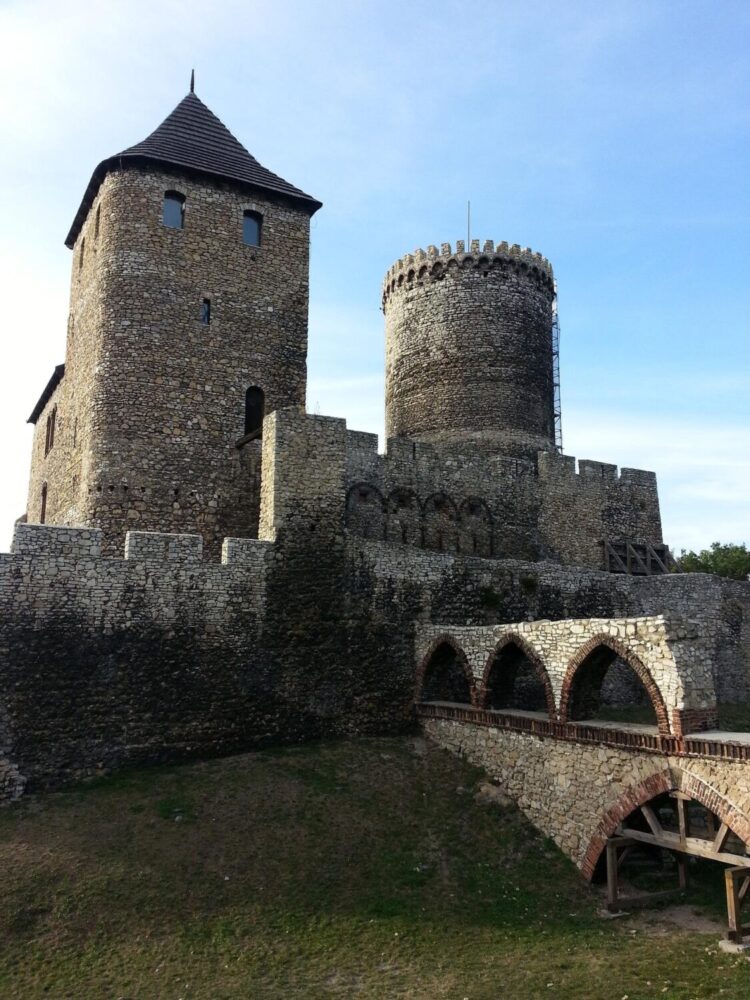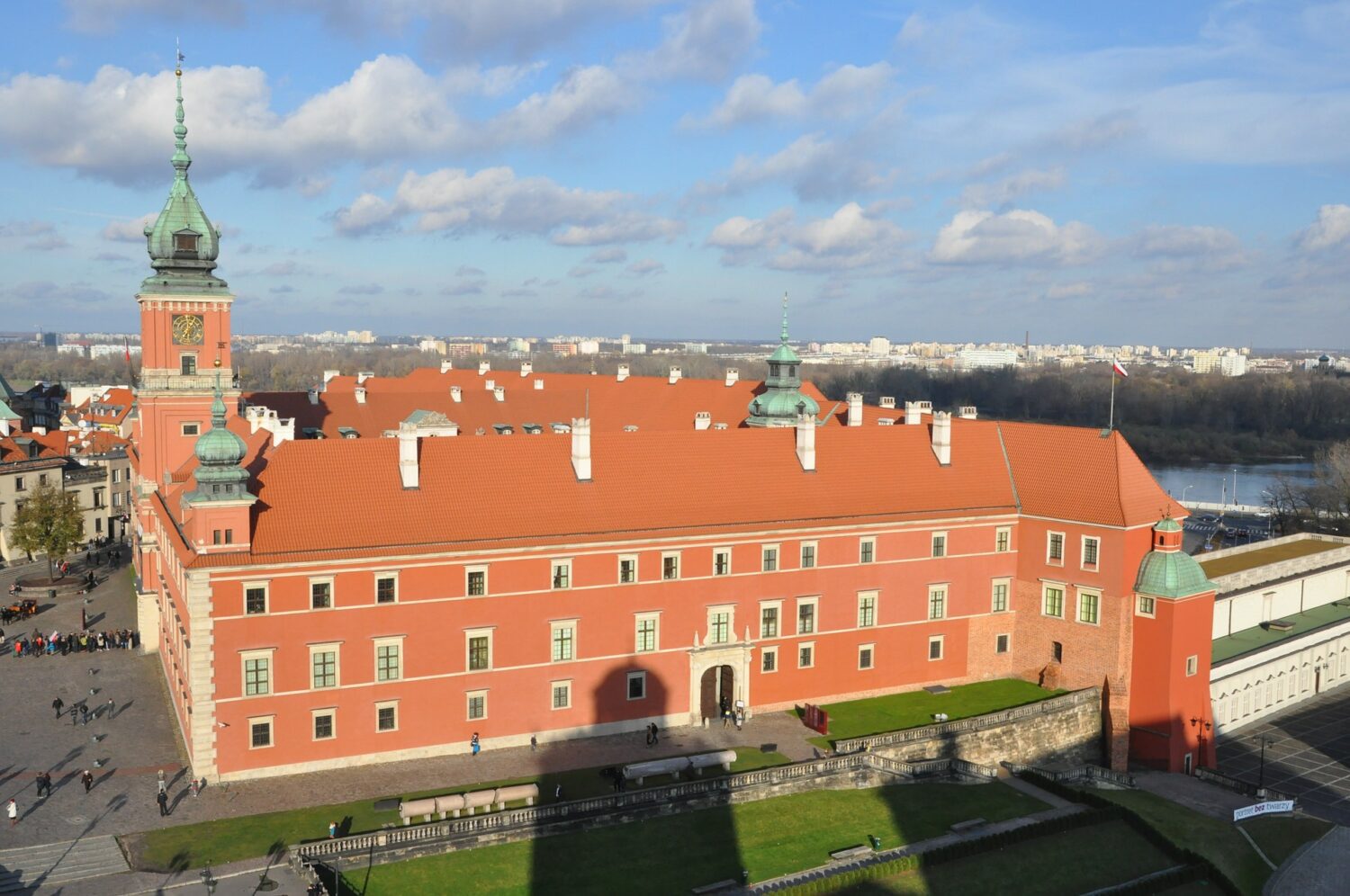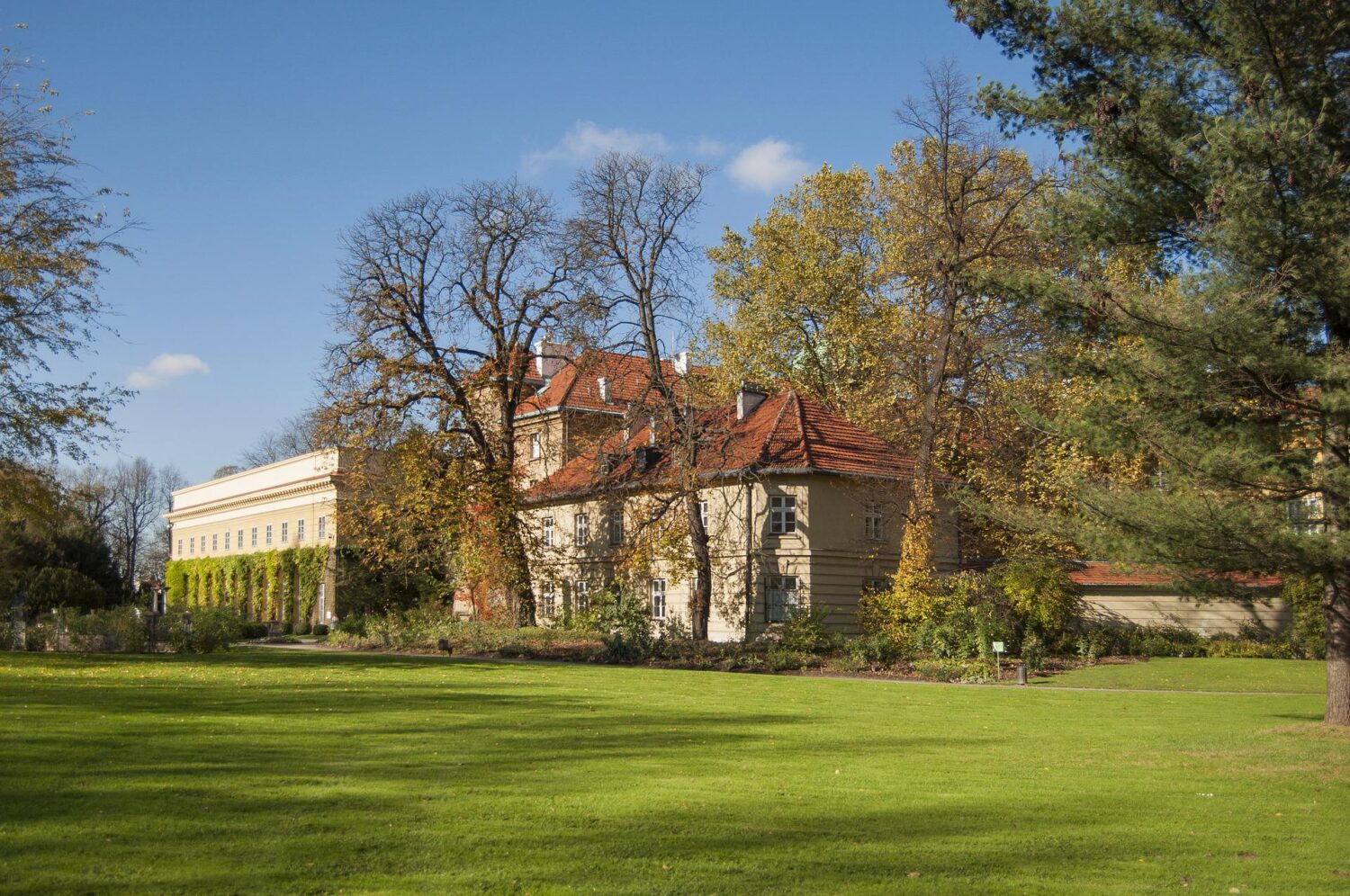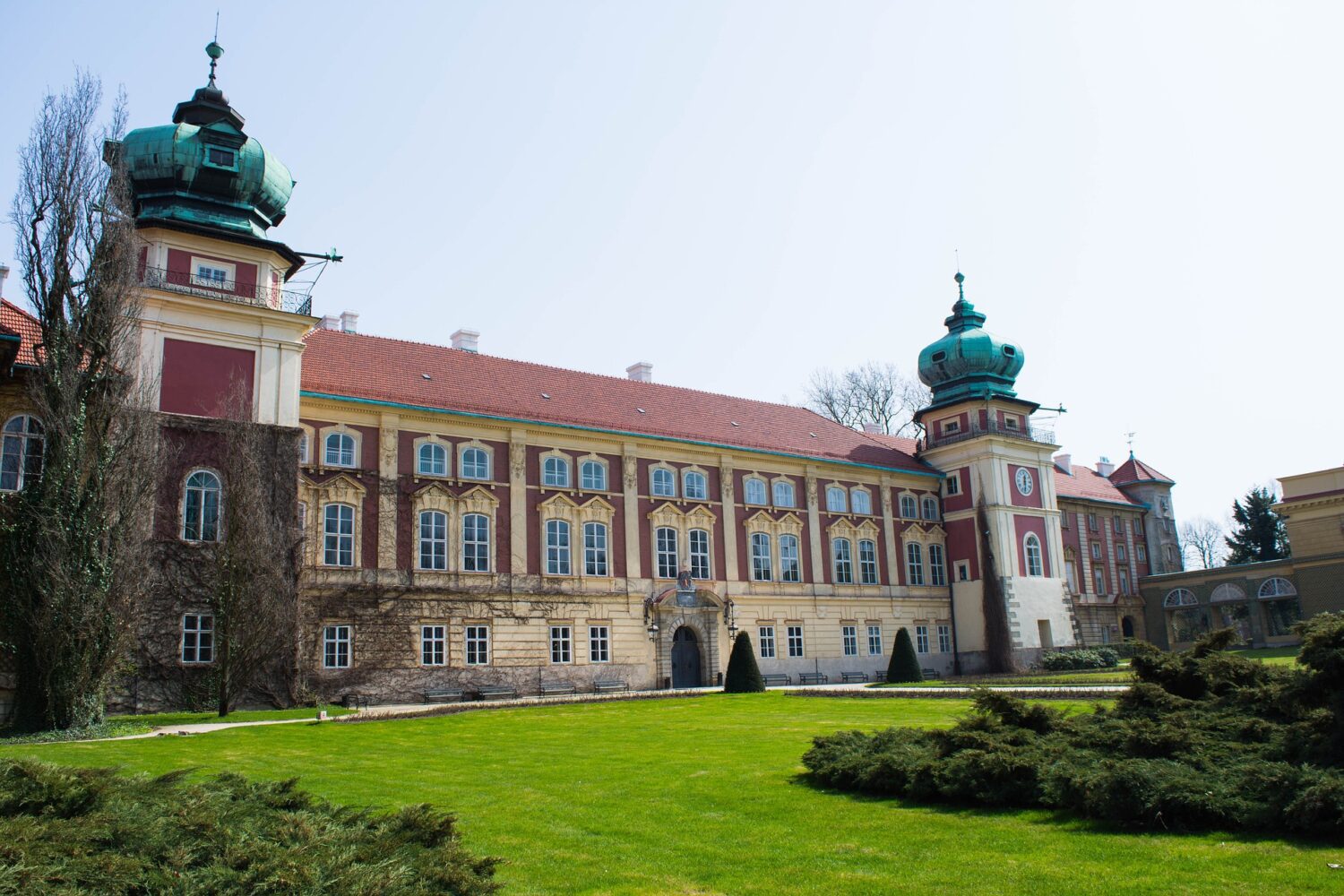Lower Silesia (Dolnoslaskie)
Lower Silesia
Lower Silesia – updated 19 January 2023.
Lower Silesia, also known as Dolnośląskie, is a region located in the southwestern part of Poland. It is known for its rich history, diverse culture, and beautiful natural landscapes. The region is home to many tourist attractions that are sure to appeal to visitors of all ages and interests.
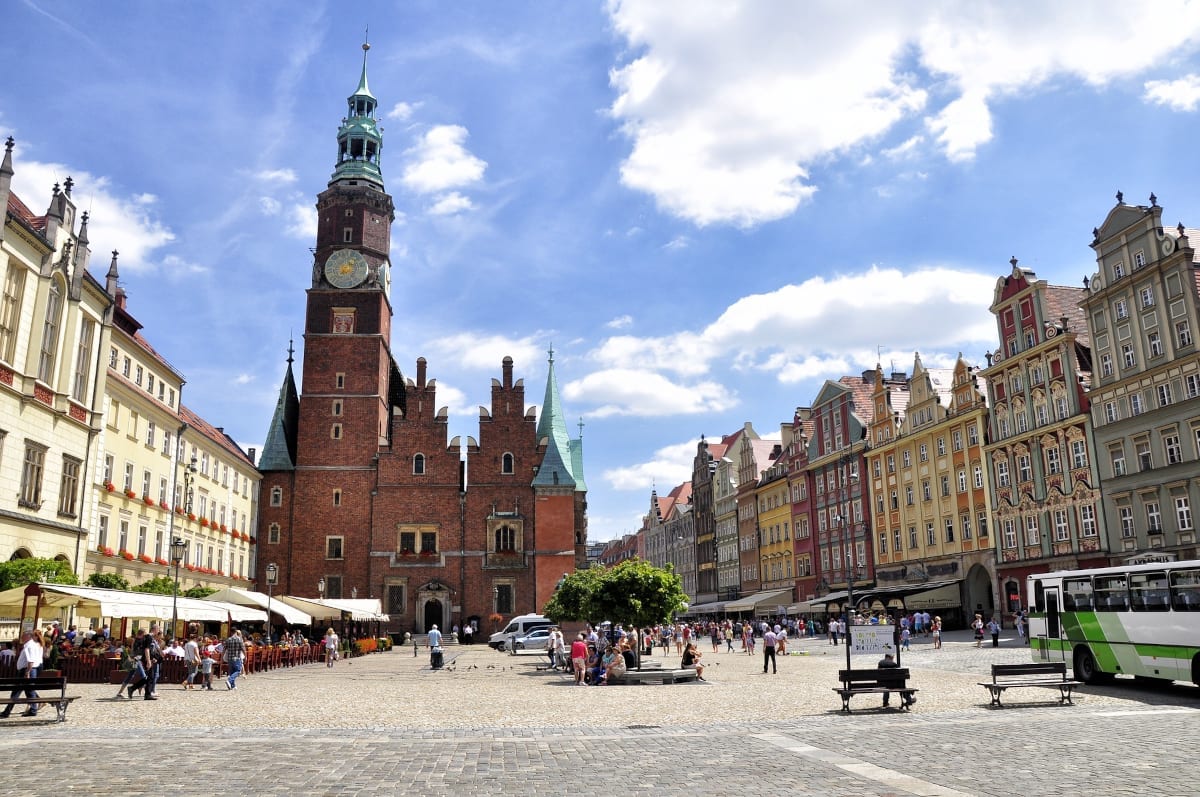
Wrocław
One of the most popular tourist destinations in Lower Silesia is the city of Wrocław. This charming city is the largest in the region and is known for its well-preserved old town, which is filled with beautiful architecture and historic landmarks. Visitors can explore the city's many museums, including the National Museum, which houses a collection of Polish art, and the Ethnographic Museum, which offers a glimpse into the region's traditional way of life.
Karkonosze Mountains
Another popular attraction in Lower Silesia is the Karkonosze Mountains. This beautiful mountain range is located on the border of Poland and the Czech Republic and is a popular spot for hiking and skiing. Visitors can take a cable car to the top of the mountain and enjoy panoramic views of the surrounding area. The Karkonosze National Park is also a great destination for nature lovers, with its many trails, waterfalls, and wildlife.
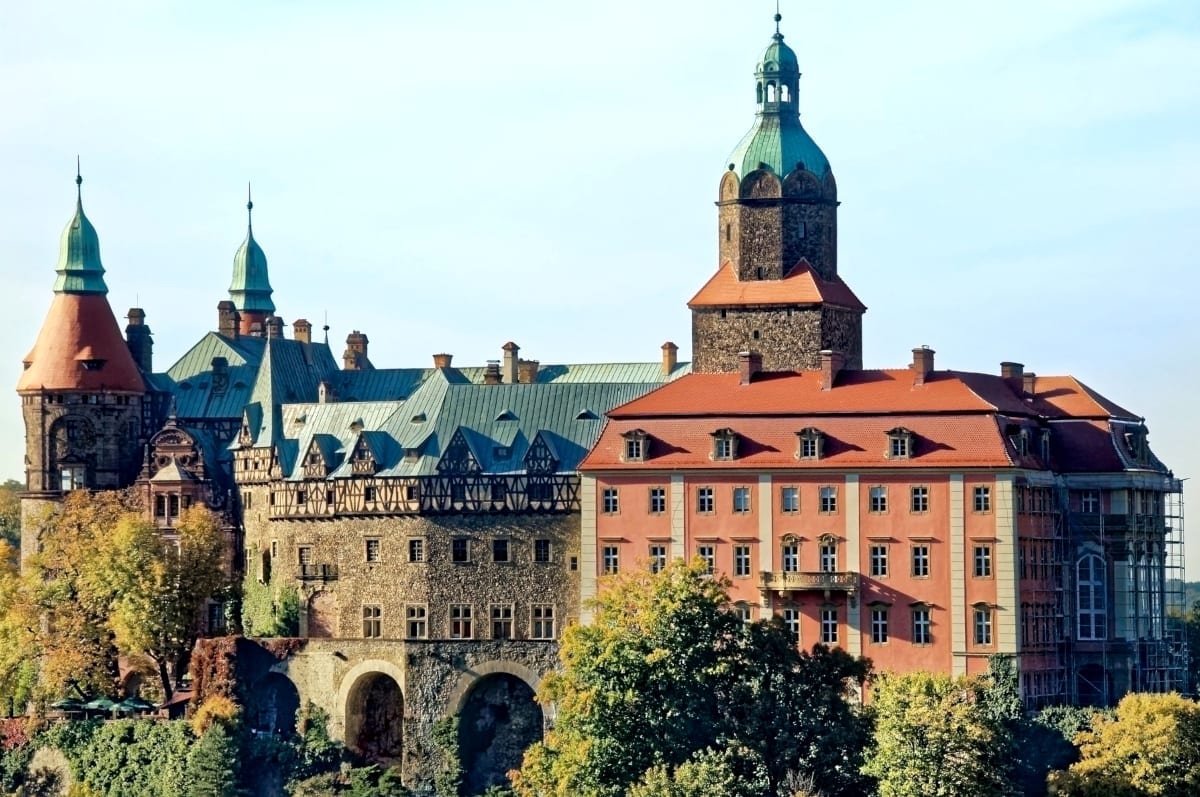
Castles and palaces
The region is also home to many castles and palaces, which are a testament to its rich history. One of the most famous of these is the Książ Castle, which is located in the city of Wałbrzych. This magnificent castle was built in the 13th century and has been beautifully restored. Visitors can explore the castle's many rooms and galleries and learn about its history.
Jelenia Góra
Another popular destination in Lower Silesia is the town of Jelenia Góra. This picturesque town is located in the heart of the Karkonosze Mountains and is known for its beautiful architecture and charming streets. Visitors can explore the town's many churches and museums, including the Museum of the Karkonosze Mountains, which offers a glimpse into the region's natural history.
Outdoor activities
For those interested in outdoor activities, Lower Silesia offers many opportunities for hiking, skiing, and cycling. The Sudety Mountains and Karkonosze Mountains are popular destinations for hiking and skiing, while the Odra River valley offers many opportunities for cycling. There are also many beautiful lakes and rivers, such as Śnieżka, where visitors can enjoy water sports and fishing.

Cuisine
Lower Silesia is also known for its delicious cuisine. The region is home to many traditional dishes, such as pierogi, bigos, and kiełbasa, which can be found in restaurants throughout the region. Visitors can also try local specialties, such as smoked meats and cheeses, as well as traditional beers and wines.
In conclusion, Lower Silesia is a region with a rich history and culture, and offers a wide range of tourist attractions. From charming cities and beautiful natural landscapes to castles and palaces, there is something for everyone to enjoy. Whether you are interested in history, culture, or outdoor activities, Lower Silesia is the perfect destination for your next vacation.
FAQ
Q: What is Lower Silesia also known as?
A: It is also known as Dolnośląskie.
Q: What is the largest city in Lower Silesia?
A: The largest city in the region is Wrocław.
Q: What is the famous mountain range in Lower Silesia?
A: The famous mountain range in the region is the Karkonosze Mountains.
Q: What is the famous castle in Lower Silesia?
A: The famous castle in the region is the Książ Castle.
Q: What is the most popular town in Lower Silesia?
A: The most popular town in the region is the Jelenia Góra.
Q: What are the popular outdoor activities in Lower Silesia?
A: Popular outdoor activities in the region include hiking, skiing, and cycling.
Q: Are there any lakes and rivers in Lower Silesia?
A: Yes, there are many beautiful lakes and rivers in the region, such as Śnieżka, where visitors can enjoy water sports and fishing.
Q: Is Lower Silesia a good destination for history and culture enthusiasts?
A: Yes, Lower Silesia is known for its rich history and culture, and offers many historical landmarks, museums, and traditional villages to explore.
